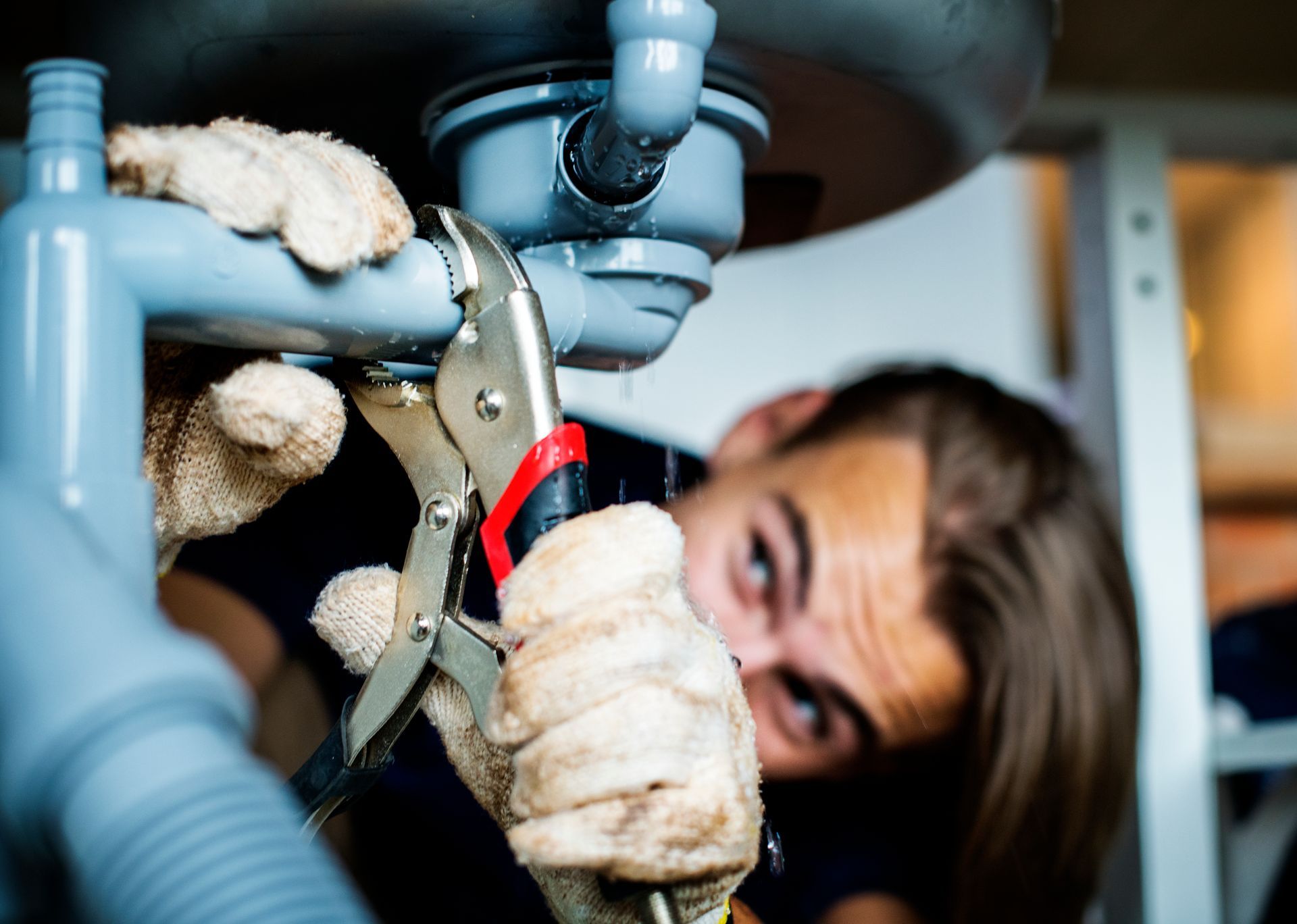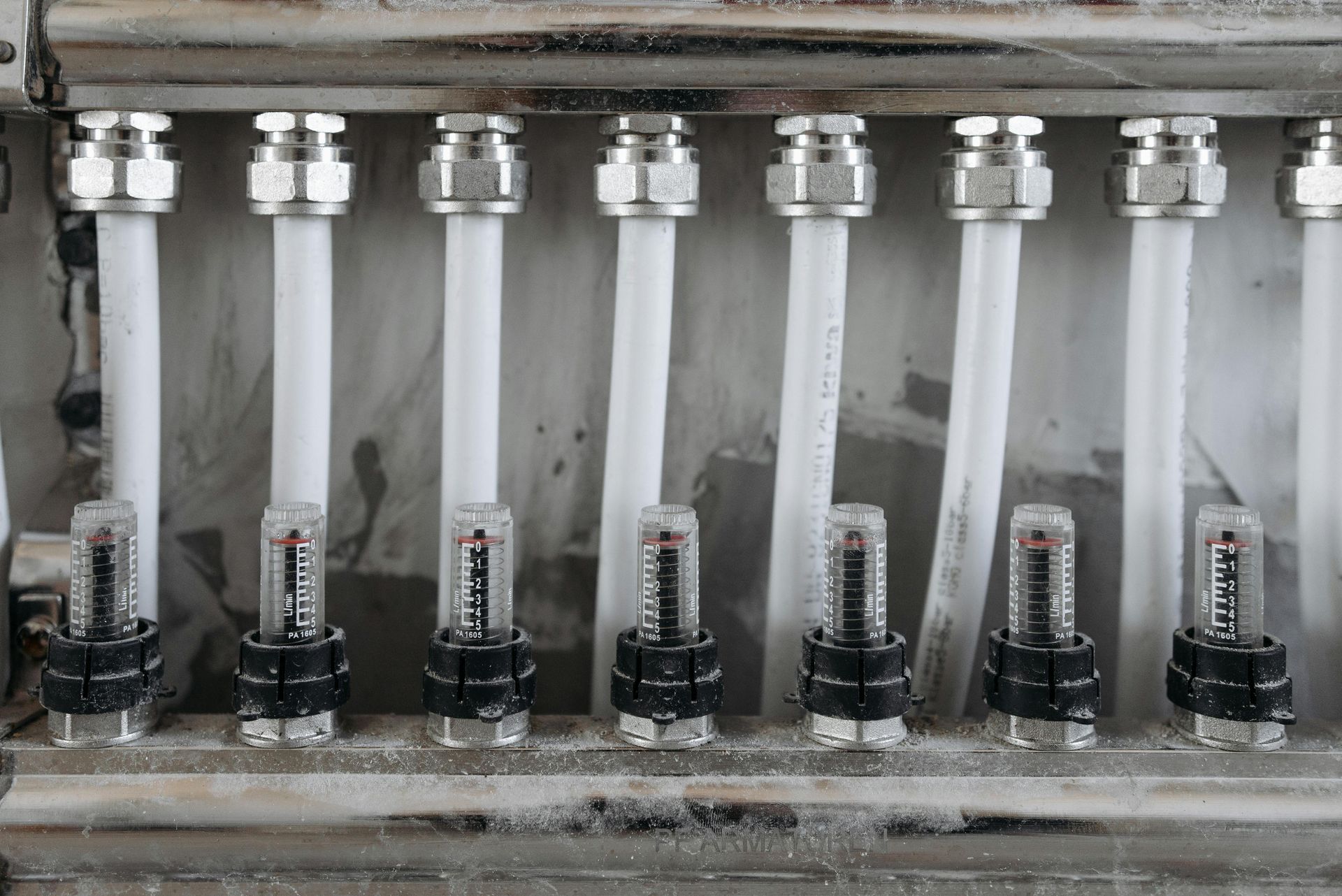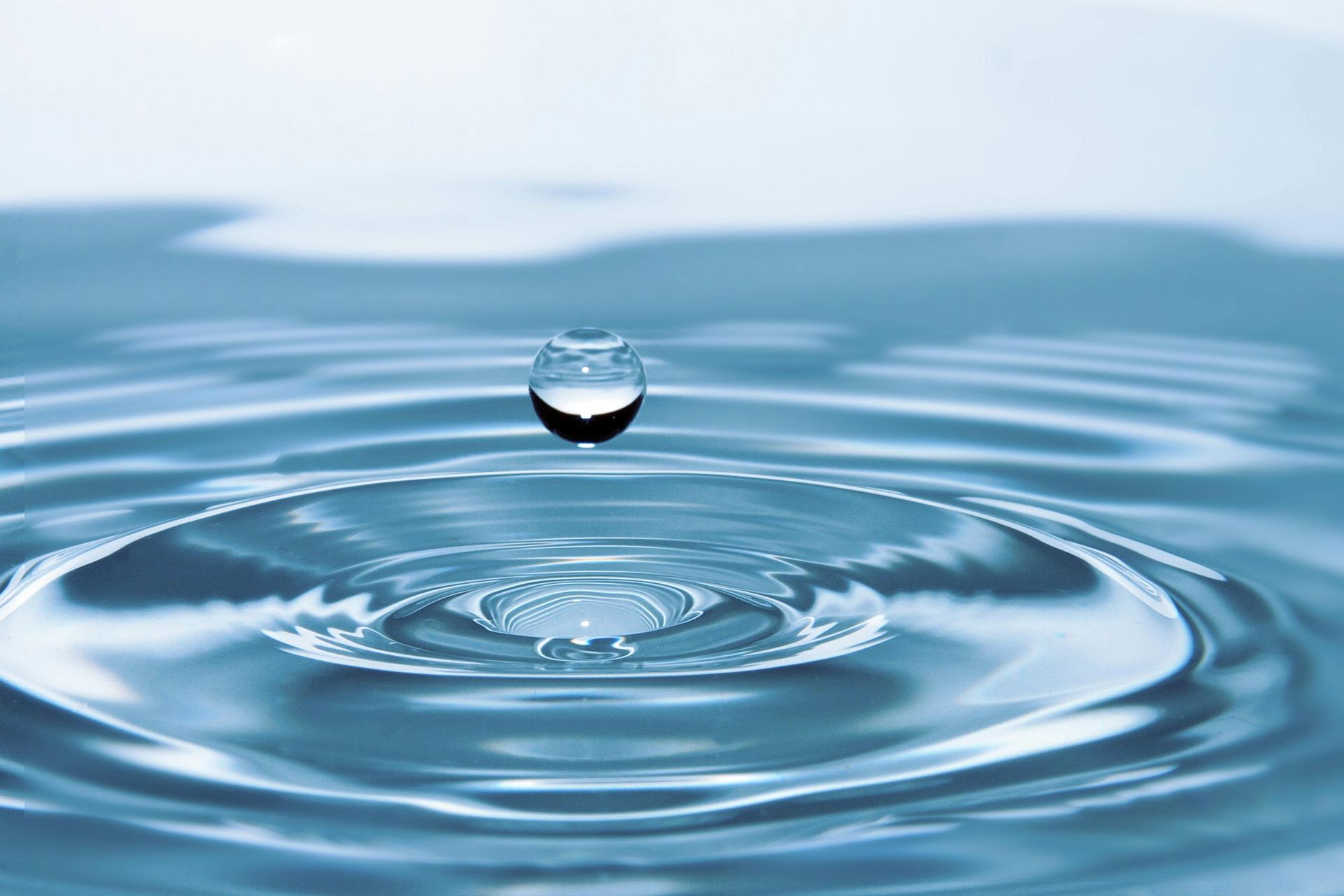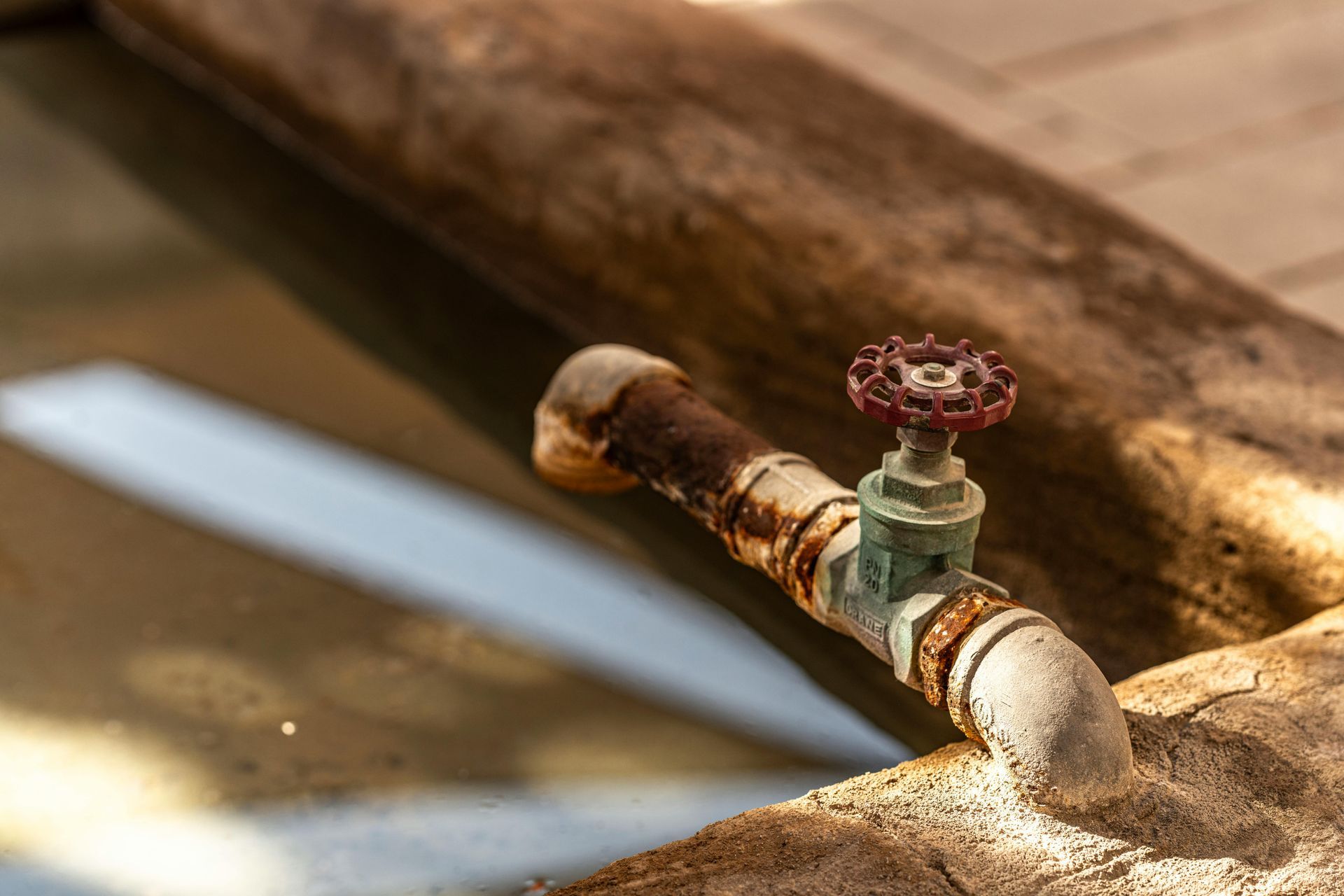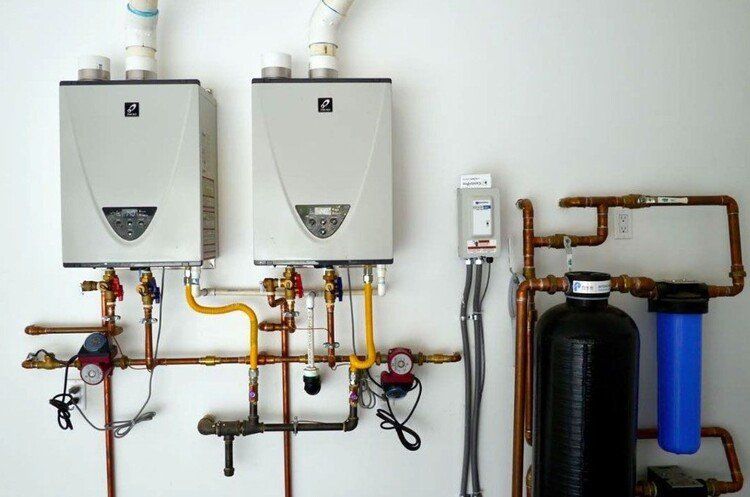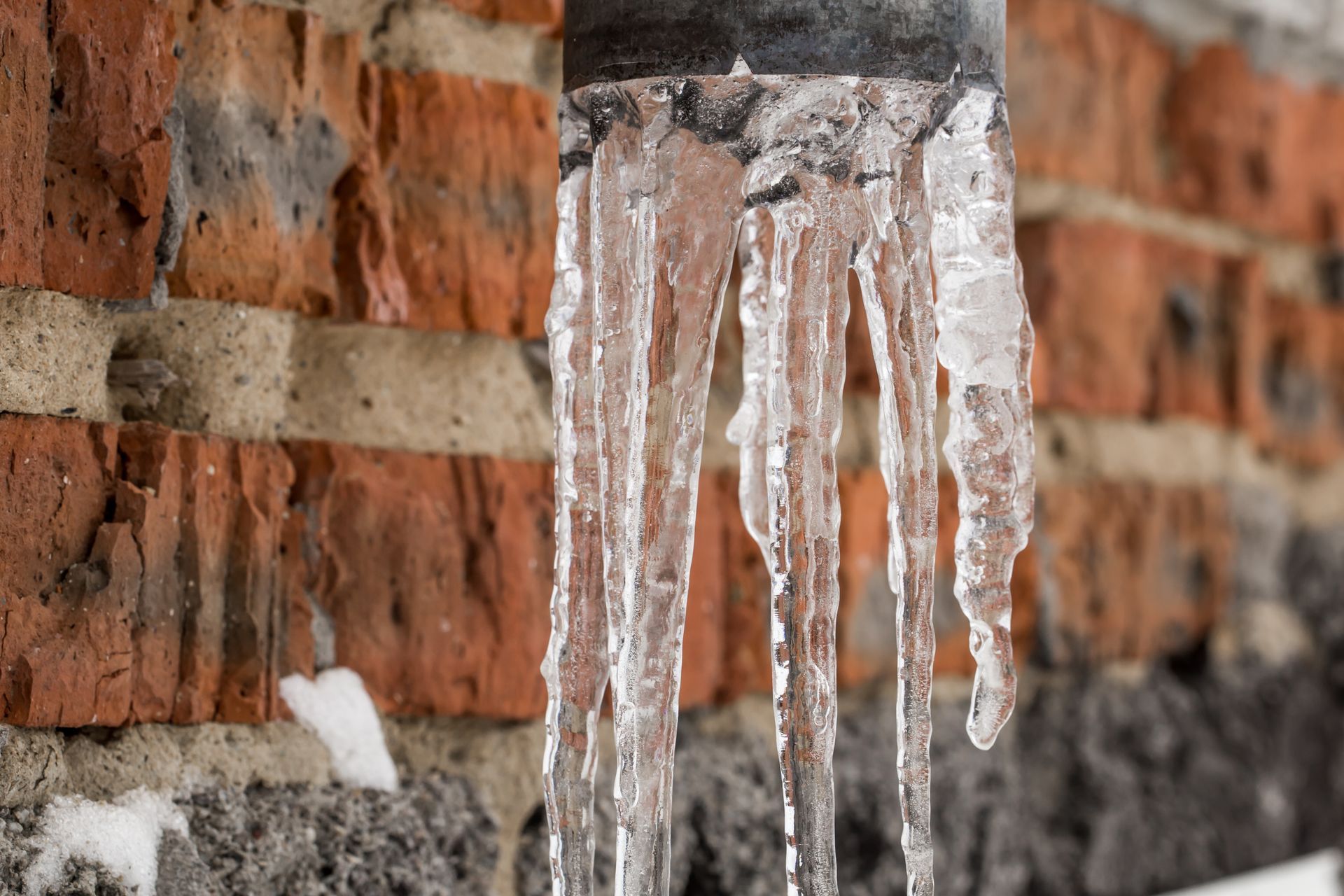How Often Should You Flush Your Water Heater? Why It Matters?
A properly functioning water heater is a foundational element in ensuring comfort and convenience within homes and commercial establishments. From taking hot showers to washing dishes efficiently, the water heater plays a vital role in daily life. However, like any other household appliance, a water heater requires routine maintenance to operate efficiently and prolong its lifespan. One of the most important yet often overlooked maintenance tasks is flushing the water heater.
In this article, we will explore how often you should flush your water heater, why this regular maintenance is critical, and the broader impact proper water heater care has on your plumbing system. Furthermore, we will incorporate insights on professional plumbing services, including how All City Plumbers can assist homeowners, and touch upon important plumbing questions such as “should you repair or replace damaged water lines?” to offer a comprehensive understanding of water heater and plumbing system care.
Understanding Water Heater Flushing: What Does It Mean?
Flushing a water heater refers to the process of draining the tank completely or partially to remove sediment and mineral buildup that accumulates over time. While water heaters are designed to store and heat water efficiently, minerals naturally found in water, such as calcium and magnesium, settle at the bottom of the tank. This sediment buildup impacts the heater's efficiency and can lead to damage if not properly managed.
Sediment accumulation forms a hard layer inside the tank, hindering heat transfer from the heating element to the water. This forces the unit to work harder to heat water, resulting in increased energy consumption and higher utility bills. Moreover, heavy sediment buildup can cause overheating and may crack the tank, leading to leaks or complete failure of the water heater.
Flushing your water heater removes these deposits, improves energy efficiency, reduces wear and tear, and extends the life of your unit. The procedure involves draining a portion of the tank water and flushing it with fresh water to dislodge and remove sediments. Depending on the model and condition of your water heater, some units may require complete draining, while others may only need partial flushing.
How Often Should You Flush Your Water Heater?
The frequency with which you should flush your water heater depends on several factors including water quality, usage, and manufacturer recommendations. In general, solar and conventional water heaters should be flushed at least once a year to maintain optimal performance. However, some specific conditions may warrant more frequent flushing.
Homes located in areas with hard water — which contains higher levels of minerals — will likely need more frequent flushing, as sediment accumulation occurs faster. Conversely, if you use a water softener or your water source is relatively soft, the intervals can be extended.
For water heaters that experience heavy use, such as in large households or commercial settings, flushing twice a year or quarterly may be prudent. Regular visual inspections for signs of sediment, unusual noises like rumbling or banging (caused by sediment interference), and decrease in water heater efficiency serve as indicators for flushing needs.
Overlooking flushing frequency can lead to premature failure of the unit, loss of warranty coverage, and increased repair bills. Proper maintenance helps prevent these costly consequences.
When unsure about the timing and procedure, consulting with expert plumbers ensures safe and effective maintenance. All City Plumbers, for example, provide professional assessments and flushing services tailored to your water heater’s condition and local water quality.
Why Flushing Your Water Heater Matters
Beyond maintaining energy efficiency, flushing your water heater has several critical benefits that directly impact system longevity, safety, and overall plumbing health.
Improved Efficiency: Sediment acts as an insulating barrier between the heating element or burner and the water, making the heating process inefficient. This inefficiency not only wastes energy but might also reduce the hot water output, leading to frustrating experiences like lukewarm showers or longer wait times.
Reduced Corrosion and Damage: Mineral buildup can trap moisture in certain areas of the tank, accelerating corrosion. A corroded tank is more susceptible to leaks and failure. Flushing flushes out corrosive deposits, slowing down tank degradation.
Prevention of Noisy Operation: Sediment buildup often causes popping, rumbling, or cracking sounds as water gets trapped underneath the sediment and rapidly turns to steam. This noise is not just an annoyance but a warning sign that maintenance is overdue.
Enhances Safety: A water heater under stress from sediment buildup can experience overheating and pressure imbalances. This may trigger the temperature and pressure relief valve frequently or worse, involve safety risks like tank rupture.
Extending Equipment Lifespan: Routine flushing as part of your maintenance regimen has a direct impact on how long your water heater lasts. Investing in flushing and other upkeep practices will defer the need for premature replacements.
The Flushing Process: What Does It Involve?
Flushing your water heater can be done as a DIY project if you are comfortable handling basic home maintenance tasks, but it involves following precise steps to ensure safety and effectiveness.
Firstly, the water heater is turned off — either disconnecting power at the breaker for electric units or shutting off the gas supply for gas models. It's important to allow the water to cool down to prevent scalding injuries.
Next, the cold water supply valve is closed to stop new water from entering the tank. A hose is then attached to the drain valve located at the bottom of the tank, which discharges water safely to a floor drain or outside area.
The drain valve is opened to allow the tank to empty. Once drained, fresh water is let in through the cold water valve to flush out trapped sediment, which is released from the drain valve. This flushing continues until the water runs clear and free of sediment.
Finally, the drain valve is closed, the tank is refilled completely, and the water heater power source is reactivated. Testing the heating function and checking for leaks concludes the process.
Professional plumbers like those at All City Plumbers can perform this periodically, ensuring the procedure is done safely without risk of damage or injury.
Broader Plumbing Considerations: Should You Repair or Replace Damaged Water Lines?
Proper maintenance of your water heater goes hand in hand with the condition of your home’s entire water plumbing system. As sediment and mineral deposits affect the water heater, damaged or aging water lines may also need inspection and repair.
One common question homeowners face is “should you repair or replace damaged water lines?” The answer hinges on the severity of the damage, age of the pipes, and overall plumbing system condition. Minor leaks or corrosion spots might be repairable, but extensive damage, recurrent problems, or older galvanized steel pipes might warrant replacement.
Proactive water heater flushing and plumbing assessments help identify when water flow or pressure problems arise due to deteriorating pipes. Consulting experienced plumbers like All City Plumbers ensures informed decisions are made, optimizing household water systems and preventing potential failures before they cause major damage.
Conclusion
Flushing your water heater is a critical and often underestimated task in maintaining a safe, efficient, and durable hot water system. Performing this maintenance at least annually—or more often for hard water areas or high usage scenarios—ensures sediment buildup is removed, preventing inefficiencies, damage, and safety hazards.
Neglecting this task can cause elevated utility costs, noise issues, early equipment failure, or plumbing system complications. Addressing water heater care holistically, including evaluating questions such as should you repair or replace damaged water lines?, will help keep your entire plumbing infrastructure functioning optimally.
Whether you choose to undertake flushing yourself or hire professionals, leveraging the expertise of licensed companies like All City Plumbers can provide peace of mind and long-term savings. Routine flushing combined with comprehensive plumbing inspections is the best way to protect your investment in your water heater and maintain comfort year-round.
Ensuring your water heater receives timely maintenance through flushing supports not only your household’s hot water needs but also promotes a healthier, more efficient home plumbing system overall.

